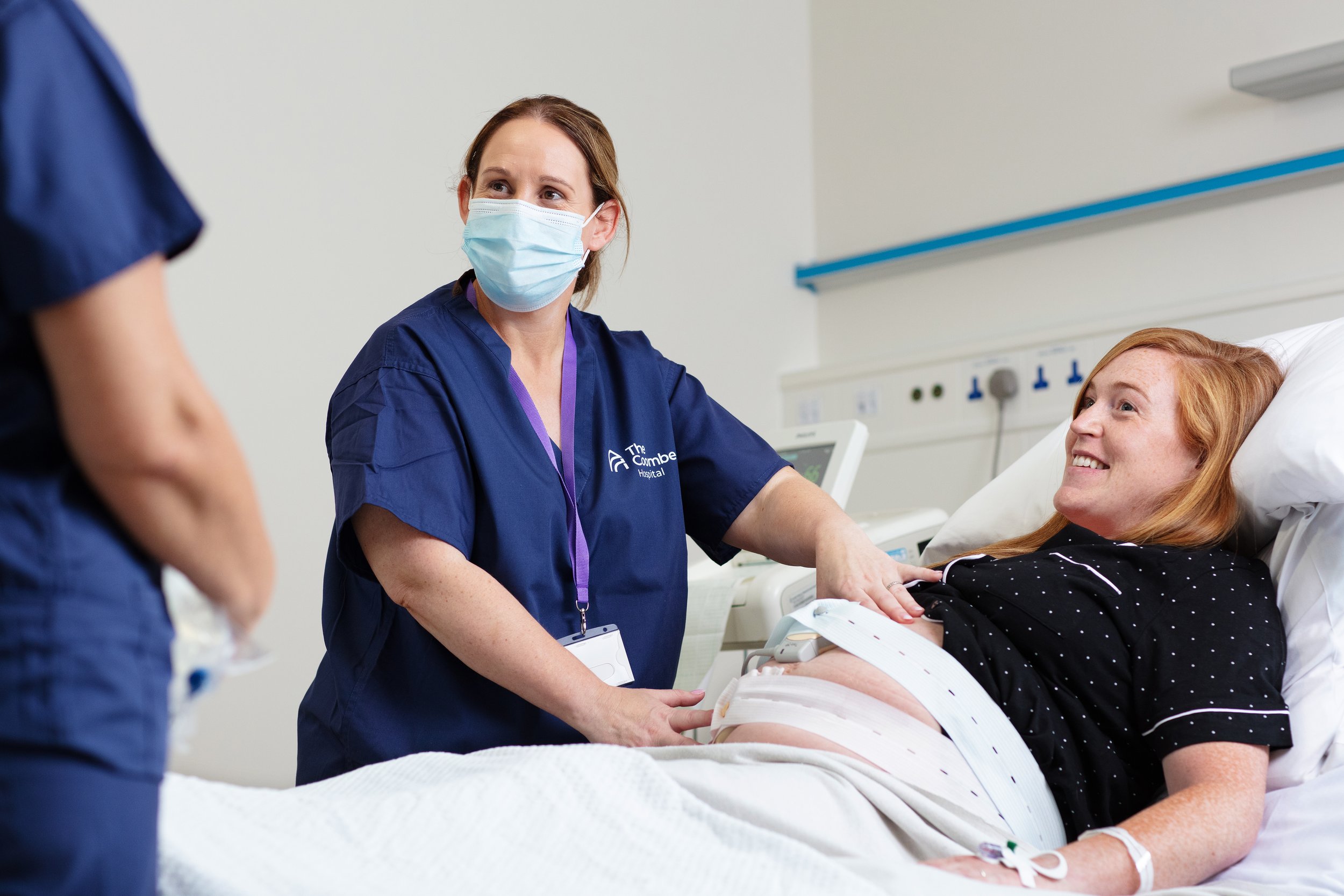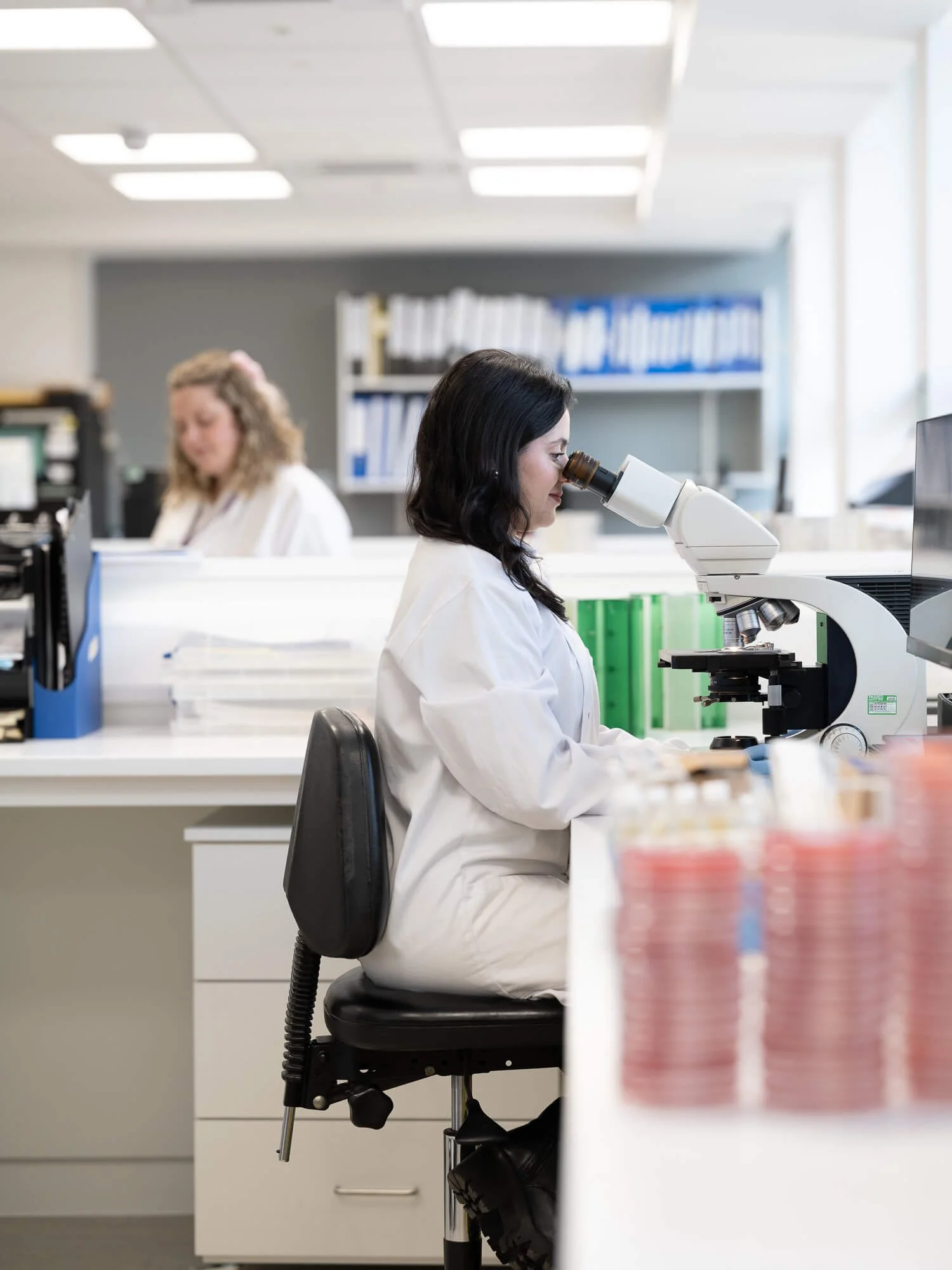

About Our Service
Most women go into labour between 37-42 weeks of pregnancy. Sometimes labour needs to be started artificially for the safety of the woman and/or that of her baby - this is called induction of labour.
If induction is being considered, you will be offered a vaginal examination to assess your cervix (neck of the womb). As part of this examination you may be offered a cervical sweep. This is whereby the midwife or doctor use their fingers to gently separate the membranes away from the cervix. This may help start labour spontaneously. If your labour does not start spontaneously you may need to be induced artificially. Inducing your labour takes time, sometimes a couple of days.
Methods To Induce Labour
Vaginal medications such as a Propess pessary and/or Prostin gel can be used to soften (or ripen) your cervix.
Amniotomy (breaking the waters).
Intravenous hormone drip (syntocinon) which is a synthetic form of oxytocin, which causes contractions and labour to start. Some women will require all three methods, but others may only require one.
Why Am I Being Induced?
The most common reasons for induction of labour include:
✓ If your baby is overdue.
✓ Concerns about your health or that of your baby.
✓ If your waters have broken but contractions have not yet started.
FAQs
-
If you are being induced, you will be given a date and time to come to hospital.
When you arrive, our midwife will carry out a detailed assessment of you and your baby. Depending on whether it’s your first baby / you have had previous babies, a decision is made as to which medication is best suited to you. With your consent, the doctor/midwife will insert the chosen medication into your vagina, and place it behind your cervix.
A Propess pessary (like a small tampon) remains in place for 24 hours, slowly releasing the medication with the aim of softening your cervix. The string of the pessary will be placed at the opening of the vagina.
Unlike Propess, Prostin is a medication of ‘gel like’ consistency, that is absorbed, with the aim of softening your cervix.
After the medication has been inserted, you will be asked to remain in bed and lie on your side for 30-60 minutes.
A call bell will be provided to you so you can alert your midwife if you experience any pain, contractions, bleeding or rupture of membranes.
Following this you are encouraged to move around and eat and drink as normal.
Your midwife will monitor you and your baby’s wellbeing while you are waiting to go into labour.
-
If there are signs of labour i.e. strong, regular contractions and/or your membranes rupture (waters break), your midwife will assess. If you are in labour, the Propess pessary will be removed. You will be transferred to the Labour Ward as soon as a space becomes available.
-
If labour has not started within 24 hours you will be reviewed by the doctor. The doctor will examine you to assess if your cervix has ripened and if you are suitable for amniotomy.
If you are not suitable for amniotomy, a decision may be made to administer Prostin gel, to further assist successful induction. Your midwife will continue to monitor you and your baby’s wellbeing. You will be reassessed vaginally 6 hours later.
If Prostin gel is the initial medication of choice, similar to Propess, you and your baby are monitored. If labour starts, you will be transferred to the Labour Ward as soon as a space becomes available. If after six hours, there are no signs of labour, you will be examined by the doctor and a further dose of Prostin medication may be inserted, with the aim of softening the cervix.
-
When your cervix is ripe, your waters can then be broken. This is known as artificial rupture of the membranes (ARM) and is carried out on the Labour Ward. The midwife/doctor will perform a vaginal examination and break the waters using a small plastic instrument, shaped like a crochet hook.
-
Oxytocin is a hormone that is released naturally by your body when you start labour. It causes contractions, which open your cervix and help you to give birth to your baby. For labour to establish it may be necessary to administer a synthetic (man-made) form of oxytocin known as Syntocinon. It is given intravenously (into a vein) as a drip in your arm, administered via a pump. Your baby will need to be monitored by a cardiotocograph machine (CTG) during labour/birth to ensure that your baby is tolerating the syntocinon drip.
-
If you are being induced with Propess and/or Prostin, your partner will be able to stay with you on the antenatal ward during regular visiting hours.
However, once you are transferred to the Labour Ward your partner can stay with you at all times.
-
There are some risks, in that not all babies tolerate medications used to induce labour. For this reason, you and your baby will be monitored carefully. There is also the chance that induction will not work. If this is the case, a caesarean section may be necessary.
You can find more information about the induction of labour by visiting the National Institute for Health andCare Excellence website: https://www.nice.org.uk/guidance/
Induction of Labour
Learn more about the process, what to expect, and how we support you every step of the way.
Patient Experience
Every patient’s path to diagnosis and treatment is individual. No matter your specific journey, we believe in empowering you to take an active role in your healthcare.

Departments & Services

Help & Support
-
Appointments:
All appointments can be directed through Hospital reception: 01 408 5200, 24 hours a day -
Health Insurance:
We operate a direct payment scheme with VHI, Laya Healthcare, Irish Life Health, Garda Medical Aid, ESB, Medical Provident Fund, and Prison Officers Medical Aid. If you are covered by any of these insurers, the relevant insurance forms are signed electronically on your admission to hospital.
Fees:
For more information on Fees - visit our Hospital Charges page -
-
The Resource Page:
Browse our collection of patient resources, brochures, and information leaflets—all in one place. Downloadable and easy to access, these documents cover everything from appointments and procedures to maternity, newborn care, and more.
Contact Us
Tel: 01 408 5200
Find Us
The Coombe Hospital
Switchboard:
Location:
Cork St, Dublin, D08 XW7X




















































